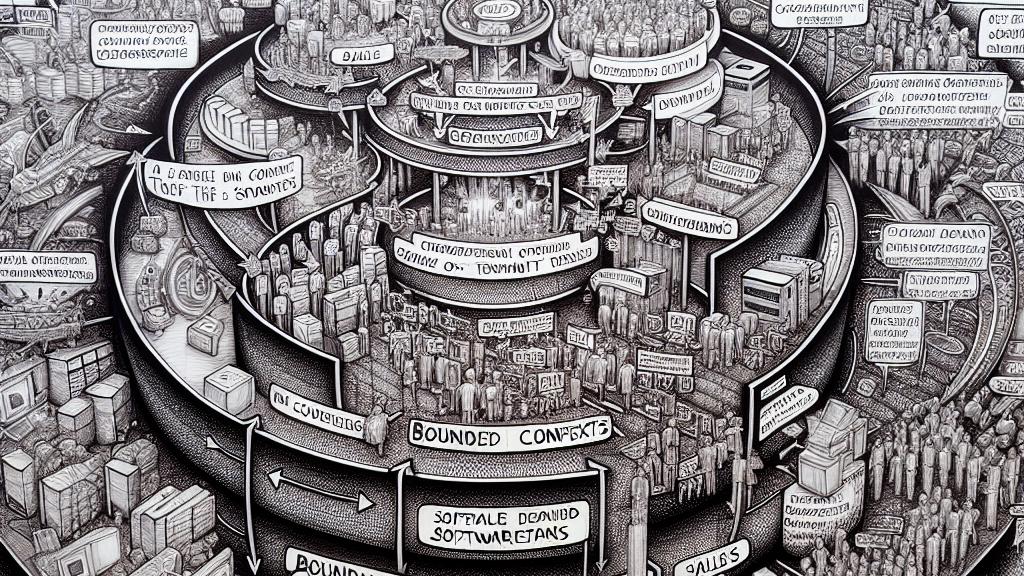The Evolution of Domain-Driven Design: A Critical Tool in Software Development
Overview
- Explore the transformative concept of bounded contexts, revolutionizing Domain-Driven Design.
- Discover insights and vivid examples from an engaging panel discussion on effective software modeling.
- Learn how DDD can dramatically enhance software quality and foster collaboration among teams.

The Significance of Bounded Contexts
Bounded contexts have undergone a remarkable evolution within Domain-Driven Design (DDD), emerging as a cornerstone in defining clear separations within domain models. In Japan's fast-paced software development landscape, experts passionately emphasize how well-defined contexts not only clarify but also eliminate confusion between teams. Take, for instance, a scenario where a sales team collaborates with a customer support unit—both operating on the same terminology. Without clear distinctions, misunderstandings can easily arise. By establishing these boundaries, communication becomes seamless, enhancing team dynamics and fostering efficiency, especially when navigating complex business landscapes.
Dynamic Insights from the Panel Discussion
On August 29, 2024, a dynamic panel comprised of translators and reviewers of the influential book 'Learning Domain-Driven Design' provided rich insights and actionable strategies for effectively implementing DDD. They underscored the critical need to understand the relationships between distinct business domains, bounded contexts, and the importance of maintaining consistent terminology across teams. A compelling example highlighted how two separate teams could develop applications simultaneously in the customer relationship management domain—each executing their distinct models. This necessitates a careful design of strategic boundaries to prevent conceptual overlap. The discussions illuminated the fact that thoughtful language not only promotes clarity but cultivates a collaborative spirit, enabling teams to deliver software solutions that are not merely functional but exemplary in quality and user experience.
The Comprehensive Process for Applying DDD in Software Development
Engaging effectively with DDD unfolds through a meticulous process that commences with thorough requirements definition, extends to detailed modeling, and culminates in precise implementation. This journey is enriched by utilizing techniques such as business process modeling and developing comprehensive user stories. For instance, consider the task of launching a payment processing platform; by understanding the complex relationships between various user roles—customers, merchants, and payment administrators—teams can construct a more nuanced and integrative design. The use of essential tools, such as use case diagrams and domain models, is vital; they ensure active participation from every stakeholder while surfacing all necessary rules and constraints. Ultimately, as teams navigate through diverse contexts, they not only refine their products but also cultivate an environment that encourages ongoing adaptability and innovation, greatly elevating the overall quality of software.

Loading...